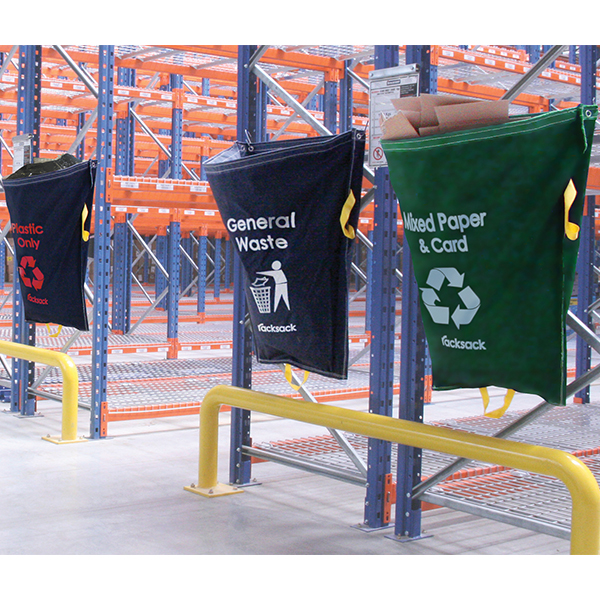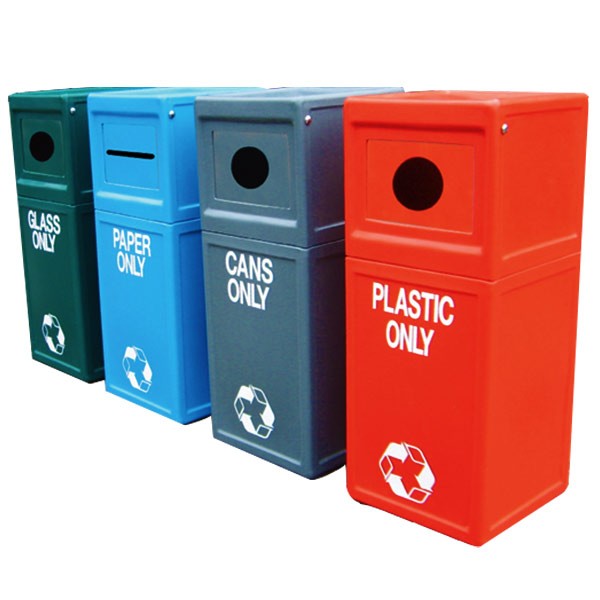
Waste Separation – 2015 Waste Regulations
The 2015 waste regulation saw a change in how businesses have to separate and dispose of their waste. The implementation of the waste regulation was to improve the recycling quantity and quality with the UK, while also helping the environment. Businesses are now required to separate their waste into general waste and dry mixed recyclables (paper, plastic and glass). Ensuring all employees can access the serparated bins is key to encouraging staff members to get involved in recycling and separating their waste.
2015 Waste Regulations – The options:

There are 3 options available to businesses, in regards to their waste separation. Which option a business chooses depends on the waste they produce alongside how socially responsible they wish to be.
Legal Option
The legal option is a requirement of all businesses since the 2015 waste regulations. As a result all businesses must now separate their waste into general waste and dry mixed recycling.
Popular Option
The popular option requires businesses to separate as per the legal option, while also separating confidential shredding, glass and food. Majority of businesses will produce shredding, glass and food waste, so this is a great environmental option for businesses.
Complete Option
The complete option is ideal for those companies that produce all types of waste and wish to be socially responsible. This is breaks down recycling further with the addition of electric recycling, hazardous and clinical waste.

Effective Waste Separation
Having the an effective waste separation process in key to successfully separating your waste. Providing all employees with easy access to the recycling bins, is essential in getting your staff involved. Although offices are often provided with a choice of bins, warehouse and factory areas can often be left without separated bins which leads to waste getting grouped together. Although, it is possible to separate the waste at the later date, this is extra work for the staff within their busy schedules.
Racksacks are a fantastic option to provide easy access for all employees especially those working in warehouse and factories ares. The racksacks design is specifically for placement on the end of racking and shelving bays with a secure hold. By having these racksacks on the end of shelving bays staff are able to easily separate their waste while they work.
The racksacks are available in 14 designs, making them suitable for all business requirements of waste separation. Alongside this they come with two hooks to allow for easy fit and removal onto the warehouse racking. With a lightweight yet hard wearing material these can hold up to 160 Litres. The racksacks design is for warehouse use, they have a large open mouth, yet a tapered bottom to reduce the space taken from aisles and pathways. They are easy to move and empty, with 3 handles, one either side to carrying and one at the bottom for emptying.


